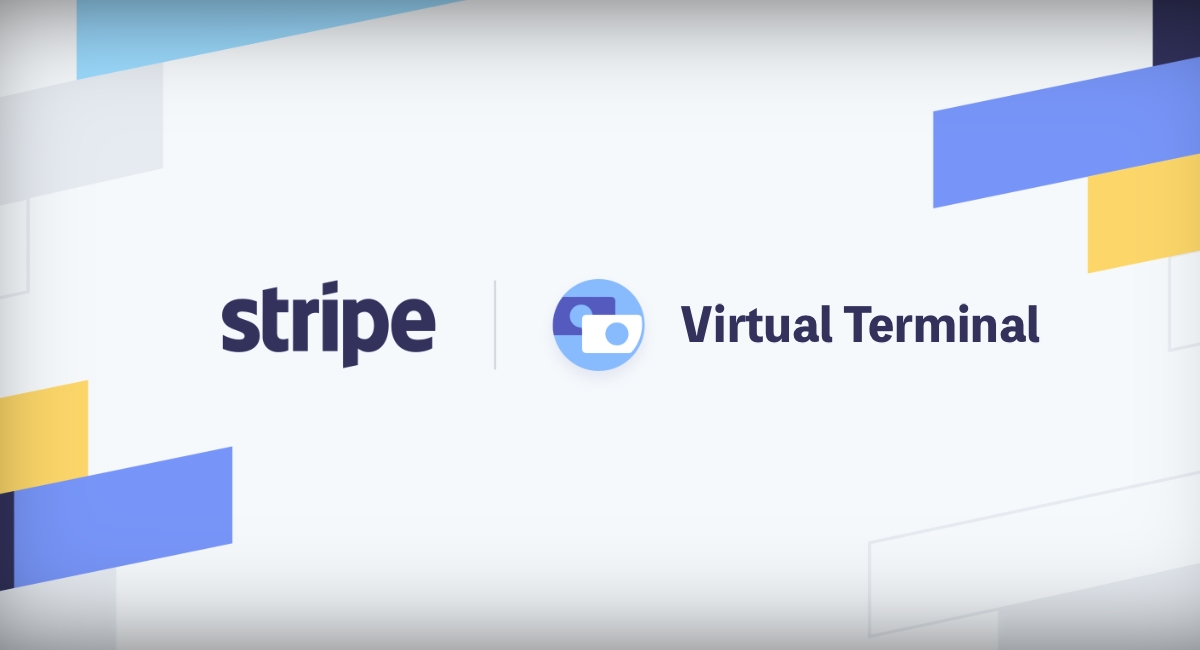Does Stripe have a virtual terminal? In short: yes, but it’s not intended as a primary solution.
In fact, the Stripe Virtual Terminal is a backup method for accepting Mail Order and Telephone Orders (MOTO) payments remotely if all else fails.
This is what Stripe writes on the website:
“Manually creating payments through the Dashboard must only be performed when there are exceptional circumstances preventing you from using your own integration. It cannot be your primary method of processing payments on your account.”
If you plan on using the virtual terminal for Stripe, you still have to be PCI-DSS compliant to ensure you are keeping your customers’ card details safe.
How does Stripe virtual terminal work?
The virtual terminal is not automatically available in the Stripe account (i.e. it is a “restricted feature”). It requires an API (Application Programming Interface) that Stripe can activate for you only after you have contacted them to request this feature.
Once activated, you can access the virtual credit card terminal in any computer browser from your Stripe Dashboard. There is no monthly fee for the virtual terminal. You only pay transaction fees in line with Stripe’s usual fee structure for every MOTO payment processed.
This is what you can enter on the virtual terminal page:
After entering this information and clicking on “Process Payment'”, the transaction will be processed immediately and go to your linked bank account in the usual Stripe payout timeframe.
You can also choose to only authorise the card from the virtual terminal page, which temporarily takes £1 off the customer’s account to test whether it is a valid credit or debit card. This is a nice feature if you need to secure a customer’s booking in advance but have to hold off from taking the payment.
What are the alternatives?
Despite the perfectly functioning virtual terminal, Stripe strongly encourages you to resort to either invoicing, card machines or a third-party integration for MOTO payments.
This is because there is greater risk involved in managing a virtual terminal. While transactions where the customer enters their own card details are inherently more secure, a virtual terminal takes card security out of Stripe’s own hands and leaves it up to the merchant to handle sensitive card details manually. This is a more expensive and risky process for the merchant, customer and payment platform.
It may be better to look into an external virtual terminal provider actively offering MOTO payments. This doesn’t require an integration and could in some cases be cheaper and more efficient than Stripe’s own virtual terminal.





